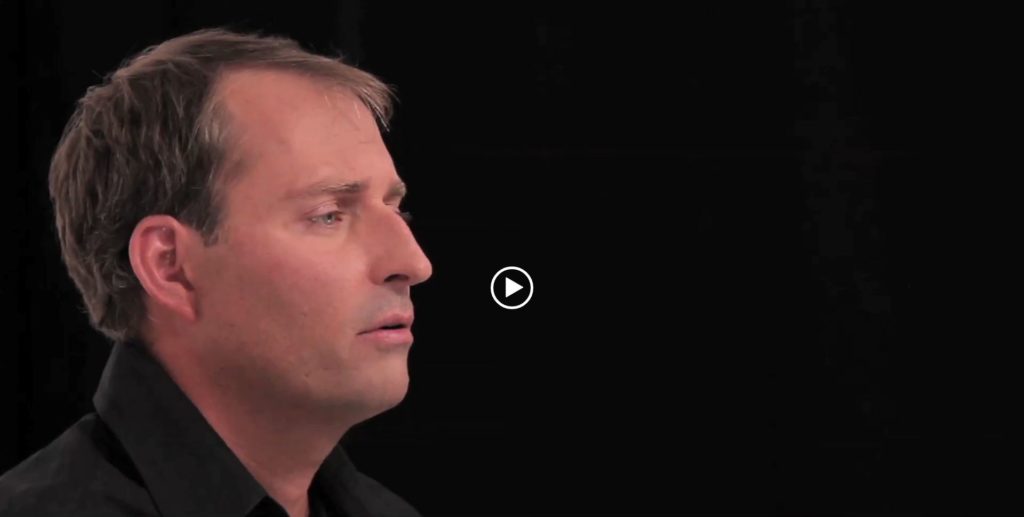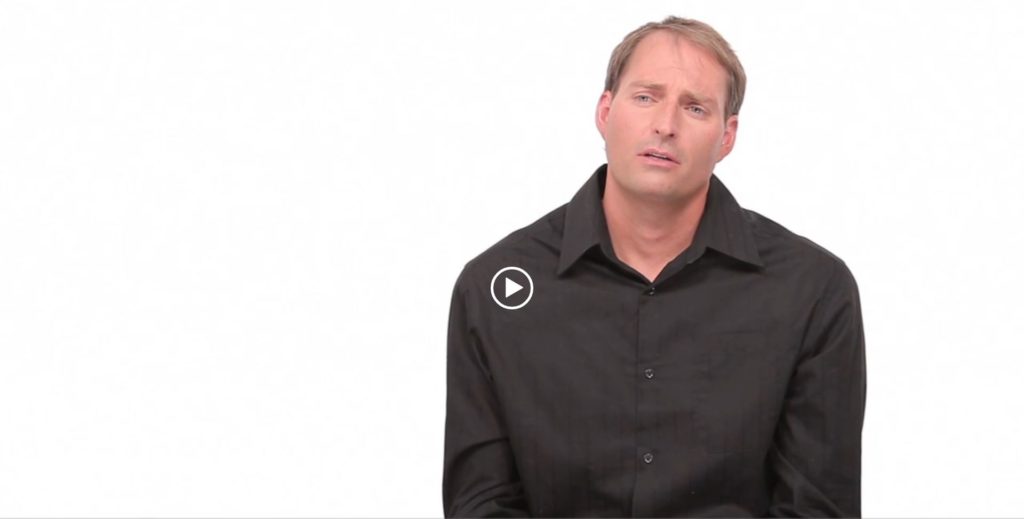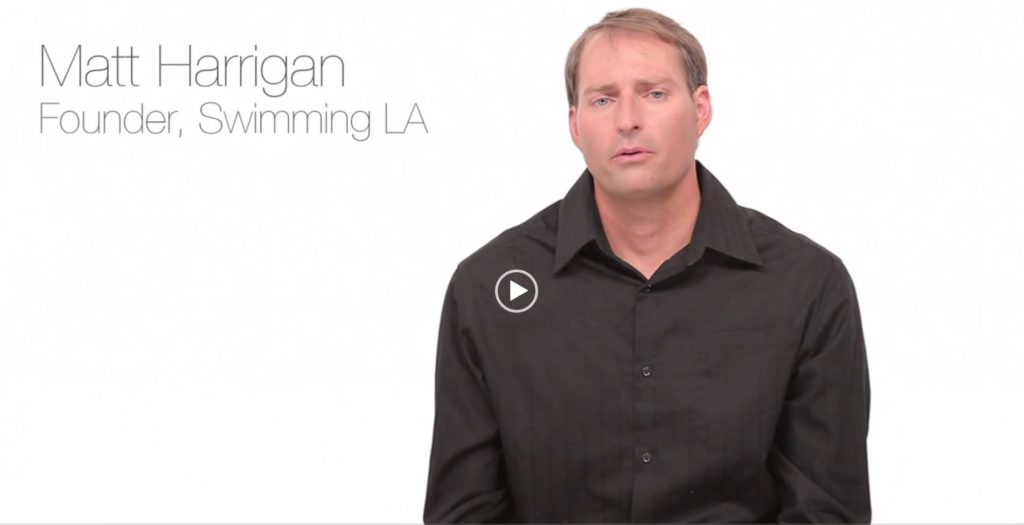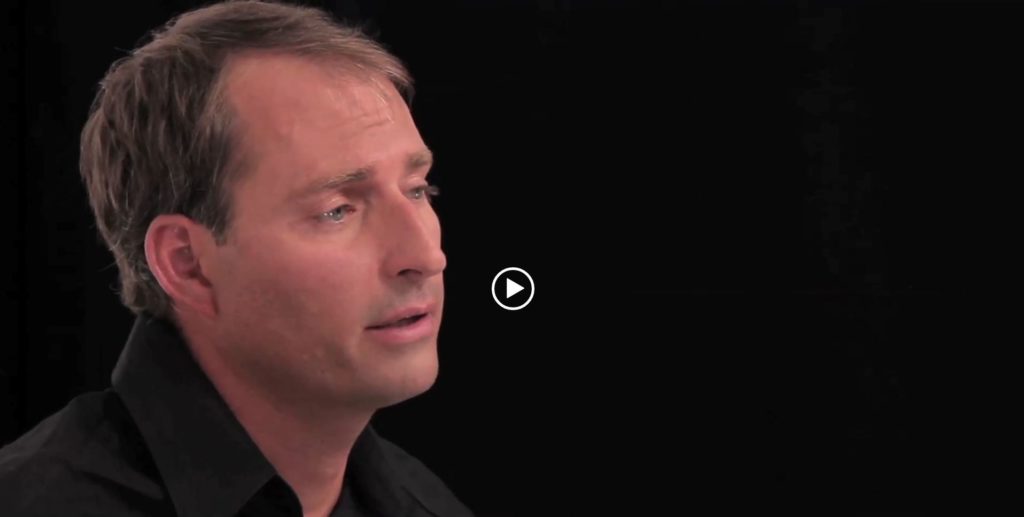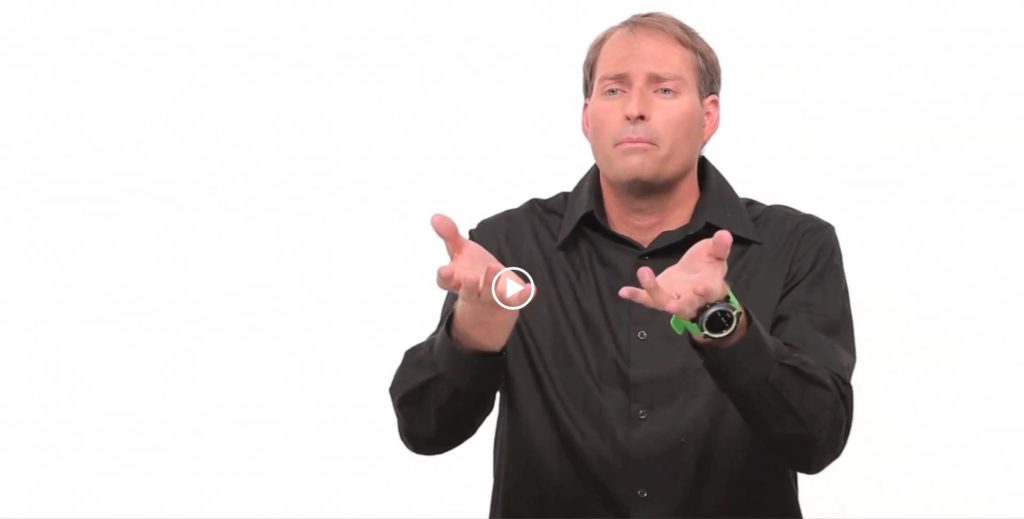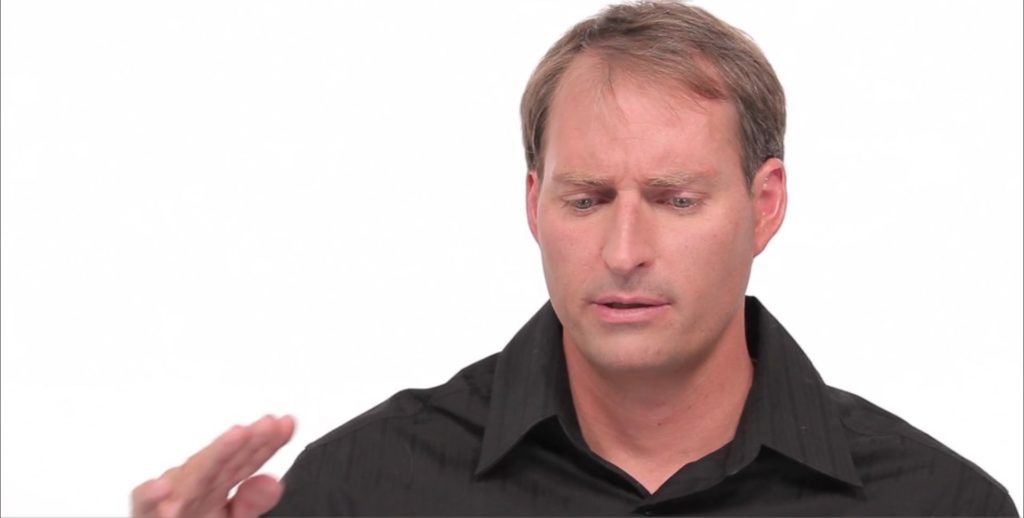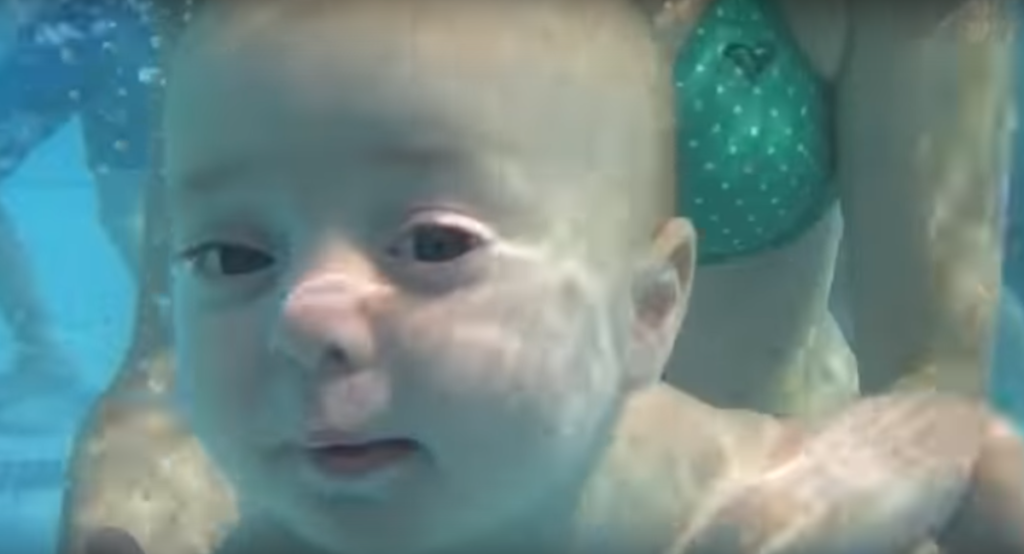After meeting, greeting, and speaking to many parents over many years of giving and studying swim lessons, I wanted to write an article to help bring all the different notions and opinions closer together. I’ve come to realize that across all parents, there exist many definitions of “swimming.” Most parents believe “swimming” means freestyle (otherwise known as “front crawl”) or one of the other three competitive strokes such as butterfly, backstroke or breaststroke.
As a young competitive swimmer, my definition was once closely aligned with these parents. Now, as an adult and swim school owner, my definition of “swimming” has evolved significantly. Today, I believe “swimming” simply means being comfortable in and under any depth of water. So then what does “comfortable” mean? “Comfortable” is yet another word with varying definitions. In my opinion, “comfortable,” to the swimming community, should mean having the ability to truly enjoy being in water above head level, without flotation devices. Acquiring this comfort does not come easy, especially to adult students who were deprived swim lessons as children. It is important to understand that this “comfort” can be attained at any age, which is precisely the reason parents should be starting their kids as infants.
I’ve had parents ask me, despite seeing their one-year-old holding their breath and floating, “When will they start swimming?” The truth is, the brain of a child under three years old is not developmentally ready to begin working on competitive strokes. Your goal should be, simply, to have your child as “comfortable” underwater as possible before the age of three years old. The earlier you start them on a consistent routine of quality swim lessons, the safer and better off they will be in the long term. “Quality” lessons teach not only comfort and fundamentals in the water, but also that children should never enter the water without an invitation. A child learning to sit and wait patiently for their turn is just as critical as gaining comfort in the water.
The fundamentals (the three B’s), buoyancy, balance & breath control, must lay the foundation for the final step and ultimate goal, propulsion. A six-month-old who can hold their breath, float face-down with eyes open under the water while moving their arms and legs has tackled the fundamentals of swimming. This is not uncommon, however, parents must get their children started young. How young? At 4 weeks of age, infants are already comfortable being submerged in water and lying on their backs with their ears under the surface. This is a direct result of the body being submerged in amniotic fluid in the womb during pregnancy. At about 6 months of age, infants begin to lose these “underwater instincts.” Consequently, the best time to begin exposure to water is as soon as the umbilical cord falls off – as early as 4 weeks.
Survival and drowning prevention are of the utmost importance, especially in Los Angeles County where drowning remains the leading cause of accidental death among toddlers ages one to two. Besides these obvious reasons for your child to learn how to swim, consider the impact it will make on their adulthood! Over 70% of the earth is covered by water. There is an entire world awaiting them: snorkeling, scuba diving, surfing, water skiing, rafting, etc. Don’t you want your child to have the foundation to enjoy these great activities? Start them early. Sadly, I’ve met too many adults who were deprived of swim lessons as children and have never stepped foot in a river, lake or ocean.
Consistency is key. The more routinely and frequently your child’s lessons occur, the faster they will learn the fundamentals. Give your child a little R&R – routine & repetition. The best swim school classes are based on a consistent routine with lots of repetition. Infant/toddlers and young children learn with routine, which is the reason why Sesame Street segments are placed in the same order in every episode. Child psychology methods have been examined and implemented to create these episodes and a great swim school should do the same.
In Los Angeles, swimming is not just fun in the summer time – it’s a year-round activity. If the weather is warm most of the year in Southern California, why do so many parents deprive their children of year round swim lessons? A child does not gain that much from a half-hour lesson once per week for three months out of the year. That only equates to 12 lessons and a total of six hours in the water per year. How much do you expect your child to learn in just six hours? A child should learn the fundamentals of swimming before they learn to walk. This protects them from their curiosity of pools and water when they do start walking. Learning to swim is a commitment. Like walking, it doesn’t happen in six hours. Be patient, make the commitment and go all the way!


